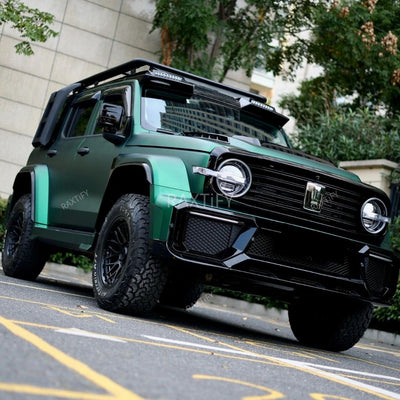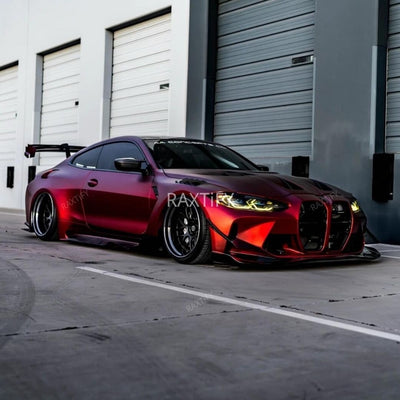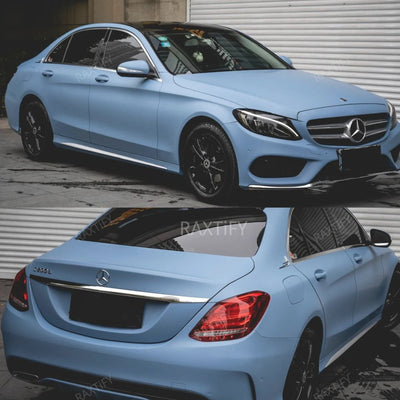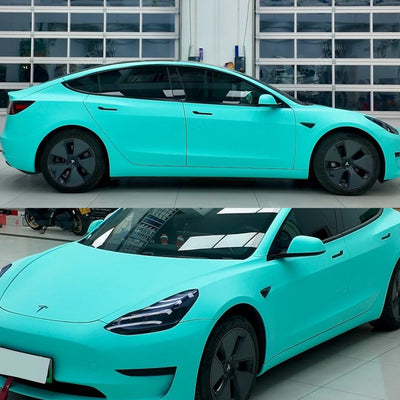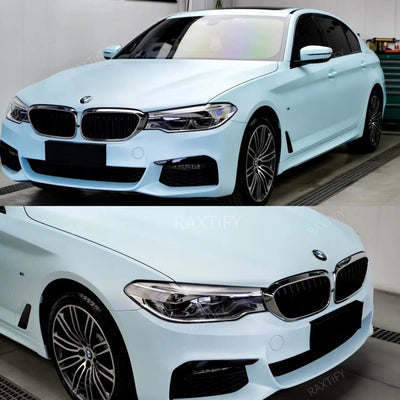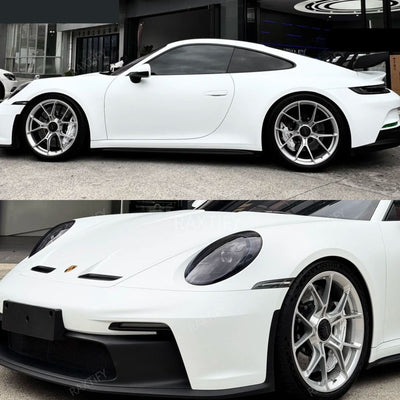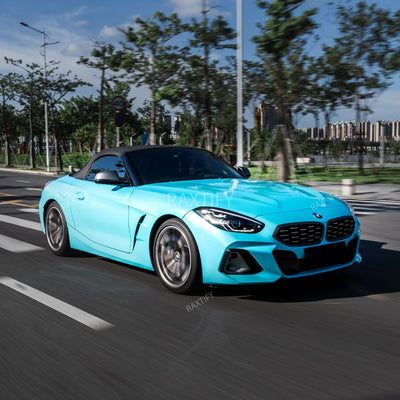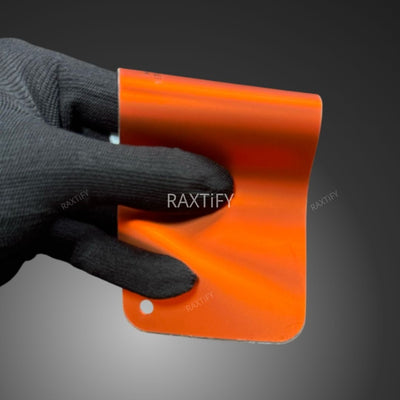How To Wrap A Bumper
How to Wrap Corners
How To Wrap Door Handles
How To Wrap a Hood
How To Wrap an Interior
How To Wrap Side-Mirrors
How To Wrap a Roof
How To Wrap an Antenna
Conclusion — Why Each Car Panel Requires a Different Wrapping Technique
In the case of vinyl wrap installation, there is never a part of a car that is similar. Each panel is shaped, curved, and more difficult than the other, and that is why to learn properly to wrap car panels, one should know peculiarities of all parts.
It is not very challenging but as soon as you start with corners, bumpers, mirrors and deep curves, the challenge intensifies further. These are where vinyl becomes stretched in many directions, therefore, it is the most prevalent places where wrinkles, overstretching, or peeling edges may occur. This is also the reason why most amateurs are inexperienced with front bumpers, they are among the most complicated shapes on any vehicle.
The difference between the material used and the one that is used is enormous. PET-supported vinyl, similar to the ones in RAXTiFY wraps, has improved dimensional stability, heat resistance, and a cleaner finish on curves and angles with sharp edges. It makes it the best CDs to use in the stretching process and eliminates the color distortion, which makes it the best CDs to work with by professional and DIY installers.
Whether it is a hood wrap, a fender wrap, a mirror wrap, or a bumper wrap, all panels need certain skills, equipment, and time. It is the art of mastering these differences that will enable a inference of smooth and professional long lasting finish.







